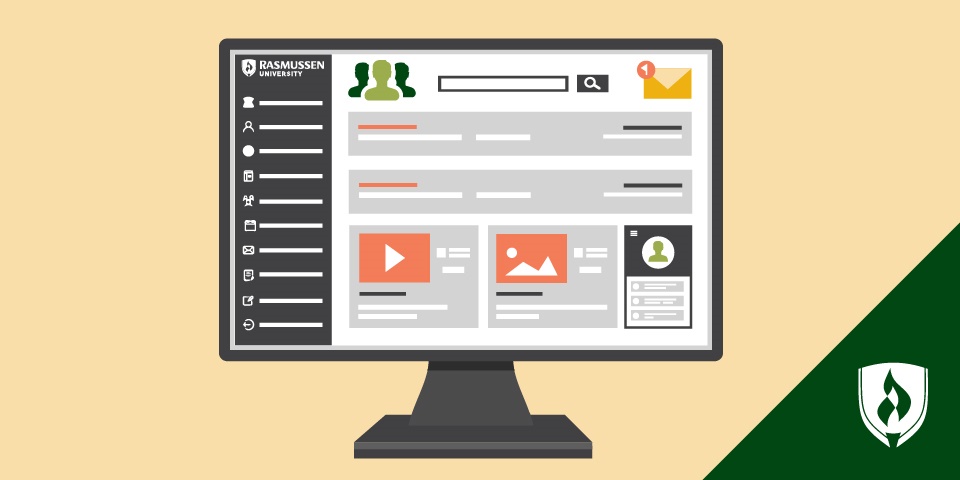Just as online courses and degrees have changed the face of traditional academia--webcams, social media, and collaborative virtual classroom tools are changing the face of online courses and degrees. Much to the credit of the flexibility and accessibility of online education, the world of education continually evolves, diversifies, and becomes more robust. Now you can attend a live, virtual lecture as you’re earning your Bachelor’s degree from your own home.
Where being a student in an online degree program may have once been a relatively lonely experience or where students at one time relied wholly on their ability to learn independently through use of materials provided by faculty who they never actually spoke to or saw; today’s learning culture is becoming a vastly different experience for students who are ready to embrace the opportunities for a more “traditional academic experience” in a virtual learning environment.

What do students need to know to prepare for today’s innovations in teaching? The following material will go over key technology used by the online educator and how each of these technologies are utilized in the online classroom.
Live Lectures. Online educators offer synchronous, live lectures through collaborative online tools that utilize voice and video presentation software. There are opportunities to engage in lectures that introduce concepts or objectives for a given class session as well as live exam review sessions, “question & answer” sessions, or just open office hours through voice and video conferencing.
Just one example of live lecturing is a new technology called screencasting, where a recording of computer screen, otherwise known as a video screen capture is used to stream learning multimedia directly to the student’s monitor.
Online Office Hours. Students may have the opportunity to click into a live virtual classroom or office where they can type questions into a chat area or they can present questions via voice or voice and video. If you are a student lucky enough to have professors offering office hours online, use them! Pop in and virtually introduce yourself. Online office hours afford students the opportunity to see their faculty’s facial expressions and share emotions other than what a smiley face can convey. During online office hours faculty may be accessible through various instant messaging tools and other social media channels. Many use online applications like Meebo®, which allow users to connect to many messaging tools through one channel.
Discussion Forums. Online educators offer options for discussions in their online courses. Some online learners are just getting used to the idea of asynchronous, type-written posts in weekly discussions; but now educators offer asynchronous voice discussion boards for the same sort of back-and-forth discussion based on a pre-determined prompt. Moreover, they can record a live discussion session and export it into a podcast that students can listen to. Now that’s Learning 2.0.
Podcasts. For an audio component to the learning, students can download faculty-created podcasts featuring lecture materials, review sessions, or tips and tricks for an assignment. Podcasts can be listened to directly through computer speakers or they may be downloaded to a student’s MP3 player to take on the go. Students can review medical terminology pronunciation as they are driving to work, or they can catch up on a World History lecture as they jog on the tread mill.
Audio/Video Files. Audio and video files are embedded on course homepages to offer a visual overview of a concept or a faculty face to pair with an online lecture. An online student is not alone with his/her computer taking classes; the voice and video of a faculty member or of classmates in a voice discussion board or presentation effects the human element to online learning.
Computer-aided Assessment (or E-assessment). Online educators have the ability to evaluate their students through multiple types of assessments where they can—in some cases—provide feedback to the once automated system. Students can prepare for feedback on incorrect answers that can be geared towards specific learning needs.





